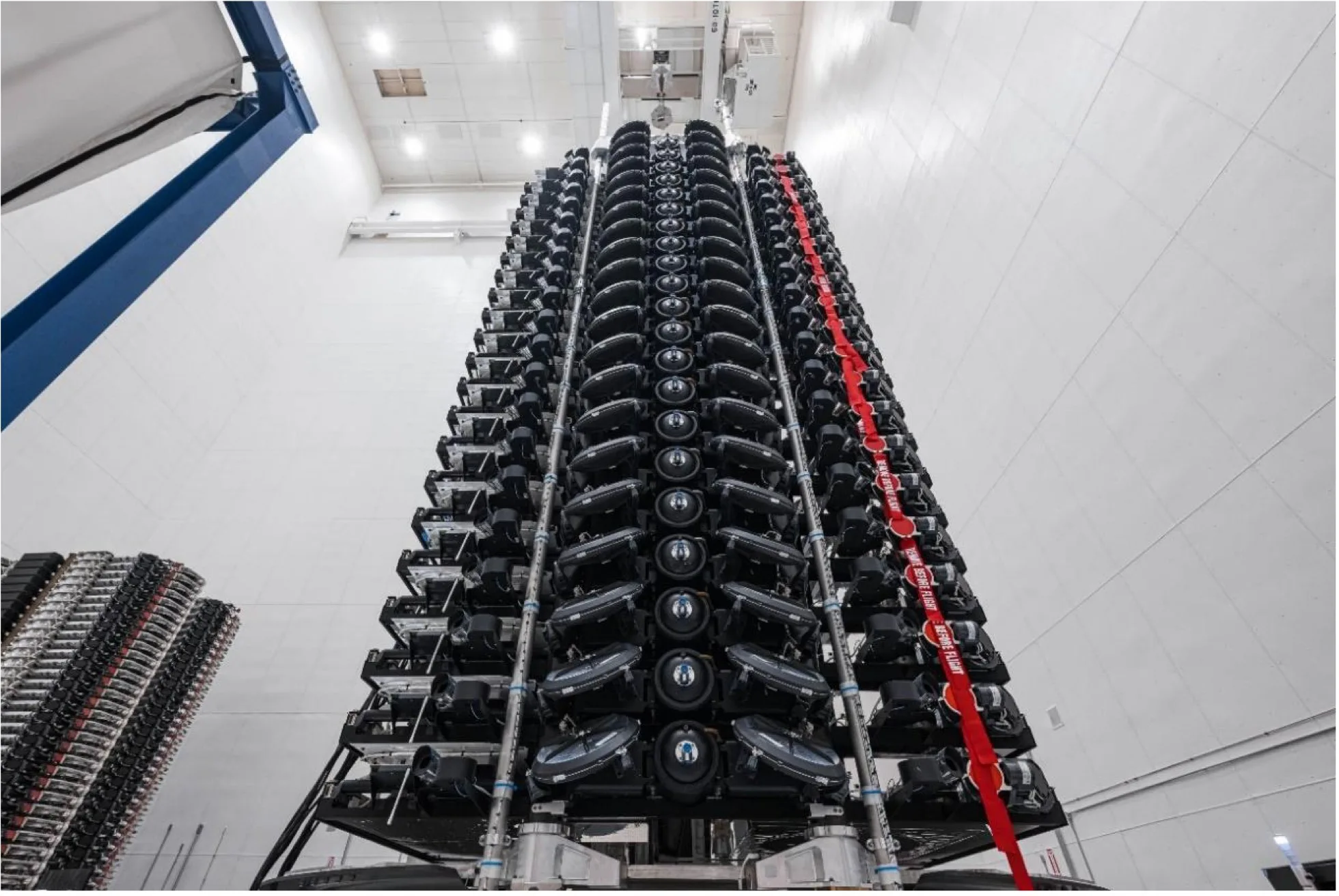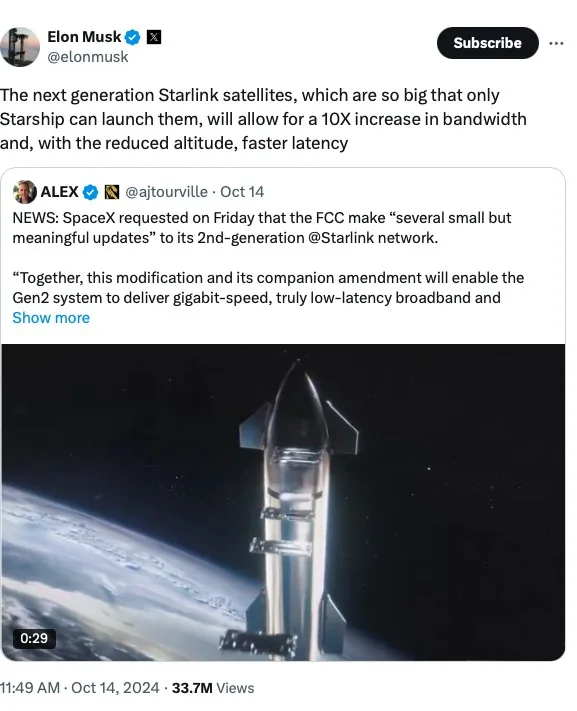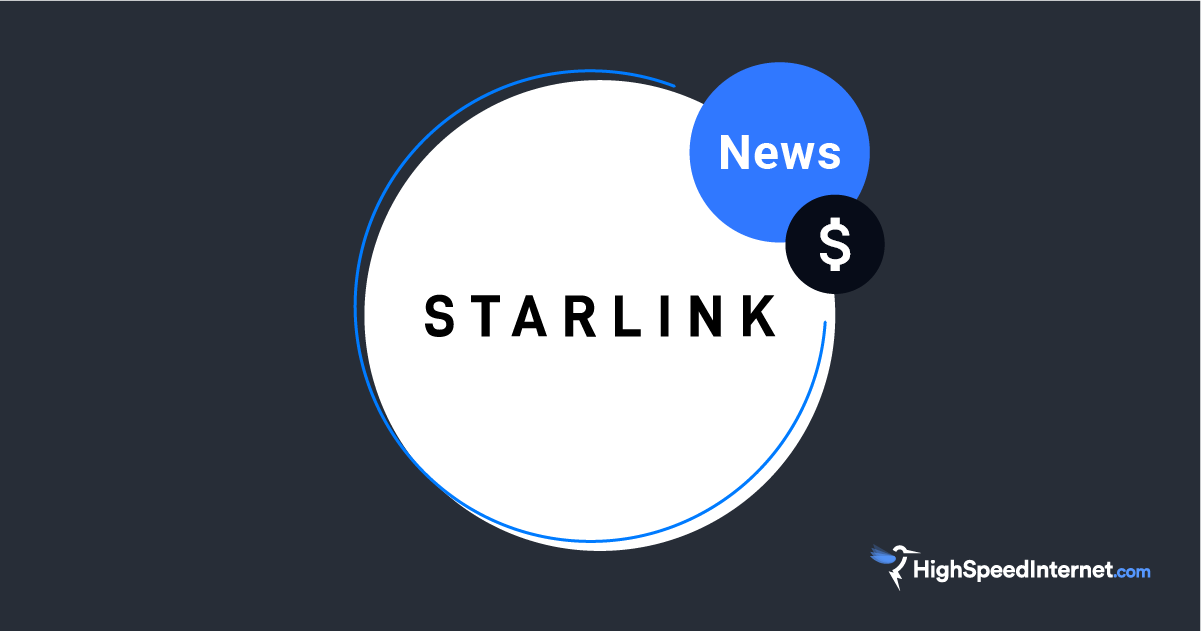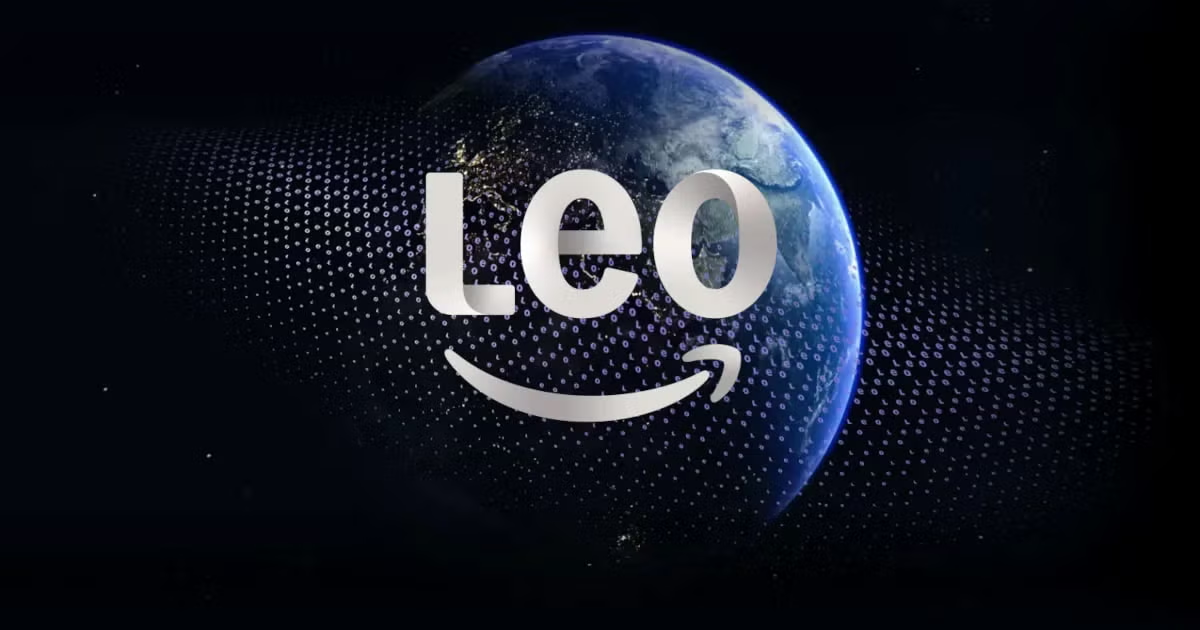SpaceX caught its rocket booster, but can it make Starlink internet 10 times faster?
SpaceX asks FCC to allow changes that may make it possible
Oct 19, 2024 | Share
News
The team at SpaceX caught its “Super Heavy” booster on the launch tower for the Starship rocket on October 13, 2024. Video originally posted on Youtube.com by SkyNews.com.
Elon Musk’s SpaceX corporation has done the seemingly impossible—it has caught a rocket booster barrelling back toward earth, proving it is possible to reuse its Starship booster for future launches rather than sending it to a watery grave somewhere in the ocean.
If all goes as planned, future launches of the Starship will mean thousands more Starlink internet satellites in the sky and internet speeds of 1Gbps from anywhere on earth. But the change also requires updated authorization from the FCC.
We’ll cover what SpaceX is asking for, what the timeline may be, and what the changes could mean for internet customers on the ground.
Could Starlink internet really be 10 times faster?
Elon Musk promised to provide internet speeds up to a gigabit back in 2016. This week’s Starship launch brings that possibility one step closer to reality.
“I don’t think it’s far-fetched,” said Andreas Rivera, head writer for SatelliteInternet.com. “With this promise of gigabit speeds from anywhere on the planet, that’s huge. It’s huge for not just people, but governments and businesses. It’s a game changer for sure.”
Between now and then, the launch of thousands of additional Gen2 satellites and changes to SpaceX’s authorization from the FCC could mean direct-to-satellite mobile connections that could support voice, data, and Internet of Things (IoT) services.
What is SpaceX asking the FCC to change?
On October 11, 2024, SpaceX filed a petition with FCC to make adjustments to the orbital configuration and operational parameters of its Gen2 space station authorization. The company wants to:
- Bring its existing satellites closer to earth so they can be deorbited more quickly (among other things)
- Change the minimum elevation of angles so satellites can connect to earth station for longer periods of time
- Be allowed to use more radio spectrum and have more flexible use of authorized spectrum
If approved, the changes will mean SpaceX can help people on the ground because it will be able to target satellite deployments and work around capacity constraints as they evolve. In the filing, the company said this would improve its ability to help first responders.
The filing also threw a little shade at Amazon’s project Kuiper, which has yet to deploy its constellation of satellites (though it has launched two test satellites). Tens of kilometers of altitude range has been set aside for Kuiper, and SpaceX wants to use it to maneuver its own orbital shells.
What is the timeline for these changes?
Most of the changes SpaceX asked for in October are related to its Gen2 satellites. So far, around 4,000 first generation satellites are in orbit and in operation, plus 2,300 Gen2 Mini satellites, according to tracking by space enthusiast Jonathon McDowell. Both generations of satellites have been launched on SpaceX’s reusable Falcon 9 rockets.
Space X has authorization from the FCC to launch about 11,000 more Gen2 satellites, but has plans to launch 30,000, it told the FCC.
The next iteration of satellites, also referred to as Gen2 , will be larger than the Mini satellites and can only be launched only on Starship rockets from the SpaceX launch site near Brownsville, Texas.
According to Elon Musk, CEO of SpaceX, the new satellites will have ten times the bandwidth of existing satellites, with reduced altitude and better latency. He reposted a news alert from the account of Canadian physics engineer Alexandre J. Tourville.
We don’t yet know the timeline for the Starship Gen2 launches, but mobile service offerings could become available in 2025, using capacity on Gen2 satellites already in orbit.
SpaceX does not yet offer its own mobile service, but plans to close the mobile connectivity gap for billions of people worldwide, it told the FCC. So far, it offers emergency direct-to-satellite texting through T-Mobile, and has been authorized to do so only in areas affected by recent hurricanes in the Southeast.
“In the near future, an end user will be able to seamlessly switch from a home fixed satellite broadband connection to a terrestrial cell tower to supplemental coverage from space and then to an ESIM-enabled Wi-Fi connection on an airplane or vessel over the course of a single day.”
– SpaceX in its October FCC filing
Will SpaceX get what it wants?
SpaceX has a history of making big promises, but several things could go wrong between where we are now and the path to gigabit internet.
First, it could face opposition from competitors. AT&T and Verizon have already asked the FCC to deny the SpaceX request, and stationary satellite providers like DISH Network, HughesNet, and Viasat could also be affected. Amazon could also ask the FCC to deny the SpaceX petition, or at least parts of it, so it can retain its altitude range.
The commission itself could also decide to deny the request, based on a variety of technical concerns.
What does it mean for Starlink customers?
Starlink hopes to offer faster speeds and better latency across its network, but there’s a lot we don’t know, for example:
- When the changes will come about
- Whether customers will need new equipment at their homes
- How rates for internet service will change
- How speeds may fluctuate over time
Innovations and unknowns go hand in hand, but we can look to the recent past for hints. Starlink has increased its global customer base from 2.6 million in March of 2024 to more than 4 million, as of the October FCC filing.
It has done so, in part, by reducing the cost of its Starlink kit from $599 to $349, with discounts in some regions. Meanwhile, Starlink has continued charging a monthly rate of $120 for its Residential service plan.
From our perspective, the massive distribution of kits means Starlink expects them to work with future satellites. The company may even be selling them at a loss, with plans to make up the revenue with monthly service charges.
Between now and the deployment of the Gen2 satellites via Starship, customers may see slower speeds due to increased congestion on the network.
We’ll keep testing on our end, and we would love to hear about your experiences! Email me directly if you want to chat, or leave a Starlink review.
Author - Chili Palmer
Chili Palmer covers home tech services, with a special focus on understanding what families need and how they can stay connected on a budget. She handles internet access and affordability, breaking news, mobile services, and consumer trends. Chili’s work as a writer, reporter, and editor has appeared in publications including Telecompetitor, Utah Business, Idaho Business Review, Benton Institute for Broadband & Society, and Switchful.com.
Editor - Jessica Brooksby
Jessica loves bringing her passion for the written word and her love of tech into one space at HighSpeedInternet.com. She works with the team’s writers to revise strong, user-focused content so every reader can find the tech that works for them. Jessica has a bachelor’s degree in English from Utah Valley University and seven years of creative and editorial experience. Outside of work, she spends her time gaming, reading, painting, and buying an excessive amount of Legend of Zelda merchandise.




